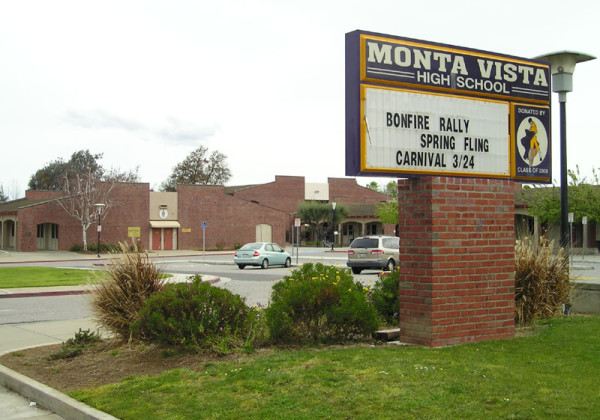“Are you taking AP [Advanced Placement] courses?”
“Oh no, I’m white.”
– Conversation overhead by a teacher in Cupertino.
Stanford sociologist Tomás Jiménez has been studying immigrants and the communities they live in, and he recently published what he found in Cupertino – the home of Apple Computer, good schools, and Asian American students that scare white families out of that city. Rather than doing studies of immigrant assimilation, he decided to study the opposite – how immigrants affect the attitudes of the community that they move into. One of the findings in Cupertino was this: that rather than being the standard of high achievement, white has become “just alright”, associated with mediocrity.
Jiménez focused on what he calls the third generation – the children of the children of immigrants. He interviewed them, their parents, as well as teachers and other students. He discusses his findings in this interview:
In survey research, if you want to know whether immigrants are assimilating socioeconomically, you compare them to native-born whites. How are Latinos doing in school compared to whites, for example? In Cupertino, that white benchmark has been squashed and replaced by Asian. And most surprisingly, the shift impacted what “white” means. It doesn’t represent the top. The conception of achievement was upended. Historically, a “model minority” can meet or even exceed the standard-setters but there is no effect to the standard-setters because the relevant comparison is between Asians and other minorities. In Cupertino, where there are no other minorities, whiteness has come to represent academic mediocrity, while “Asianness” stands for high achievement, success and working hard.
On reading his actual paper, I was surprised at how some teachers also absorbed this stereotype. One Asian student in Cupertino said this about this new stereotype:
I feel like [teachers] had a little more leeway for the non-Asian because..maybe because they need to pass the class or something, I don’t know. But what I feel is the general consensus is that we just maybe assume – which is negative and that’s bad – but like that [white students] may not be as smart as the Asian kids.
This seems like more than just “white” standing for mediocre – by giving white students more slack and passing them anyway, it seems that despite this new stereotype, some notions of privilege don’t go away.
White students who studied hard were thought of as acting Asian and being “Asian at heart.” Also, third generation ethnic Asians were not considered as “authentically Asian” and instead thought of as “white-washed” because of their more relaxed attitudes toward school.
How have non-immigrant parents reacted? The paper says that some moved their kids to “less driven” private schools. My children are what he was aiming at studying – the children of the children of immigrants (at least on my side), and I too have sent my children to private schools. I asked Number one son if the stereotype holds true at his private high school. He initially said yes, thought about it some, and then changed his mind and said no, adding that he knows lots of really smart white kids.
I would have to add that there is more to the private/public decision. I know some parents who were the product of these hyper-competitive mostly Asian schools who refuse to have their children go to such schools. I have met other parents who felt bad about sending their children to that kind of environment, just shaking their head when they talk about their children’s experiences. Also, the cost of moving to an Asian area like Cupertino or Mission San Jose is very high – private school can be cost competitive compared to assuming a large mortgage and extremely high property tax payments.
It’s worth mentioning that some private schools have no shortage of driven students and driven parents. As I wrote about here, students preparing to apply to the local private high schools often take test preparation class for their entrance exam, not unlike students preparing for the SAT with test preparation class. From my children’s experiences, private high schools are not an automatically academically easy way to get through high school. Like the parents mentioned in the paper, I did try to pick schools that emphasized more than just academics and getting into big name colleges.
Not all Asian American communities are like Cupertino so this study shouldn’t be taken as representative of all Asian American attitudes. Still, there are a number of lessons to be learned here. Attitudes and demographics can change quickly – the attitude toward “whiteness” in this city turned in less than twenty years. Another point, made by Jiménez, is that the white experience cannot be assumed to be uniform. Finally, low expectations are bad for students of any color – Jiménez gives an example of how jarring that experience was for a white girl who moved to Cupertino from a different area – the student went really affected by being considered a good student to being the “dumb” kid.
There are other interesting findings in this paper – it’s worth reading in its entirety. Jiménez also has been studying the middle class Asian district of Berryessa, the area of San Jose where I live which is much different from Cupertino. I’ll write up the results of that work when it becomes available.
(Photo by Elf, licensed under the Creative Commons license 3.0.)









